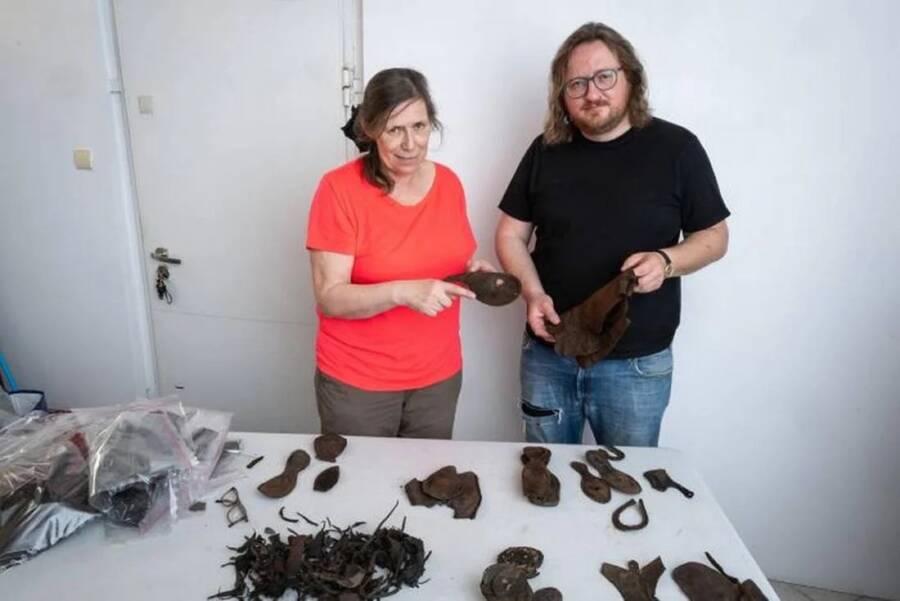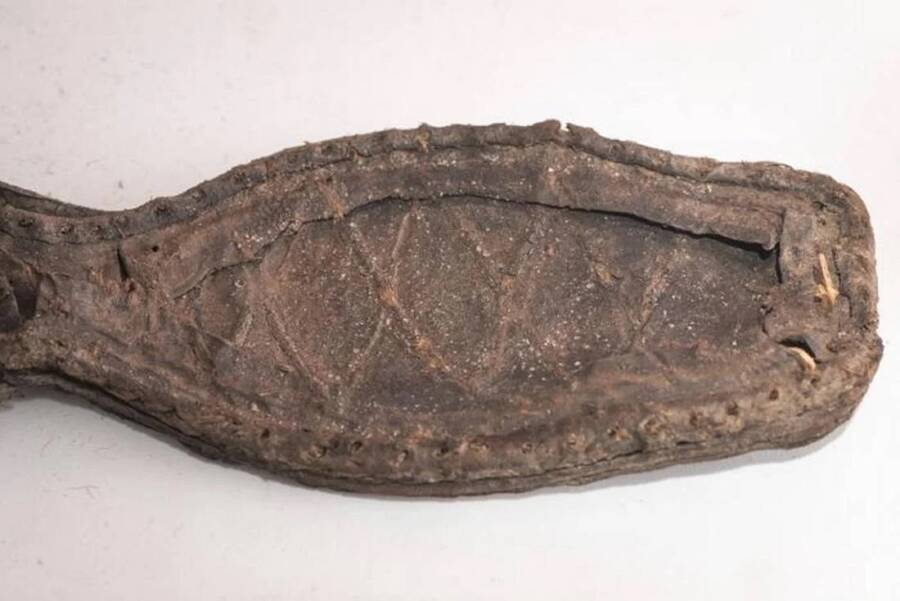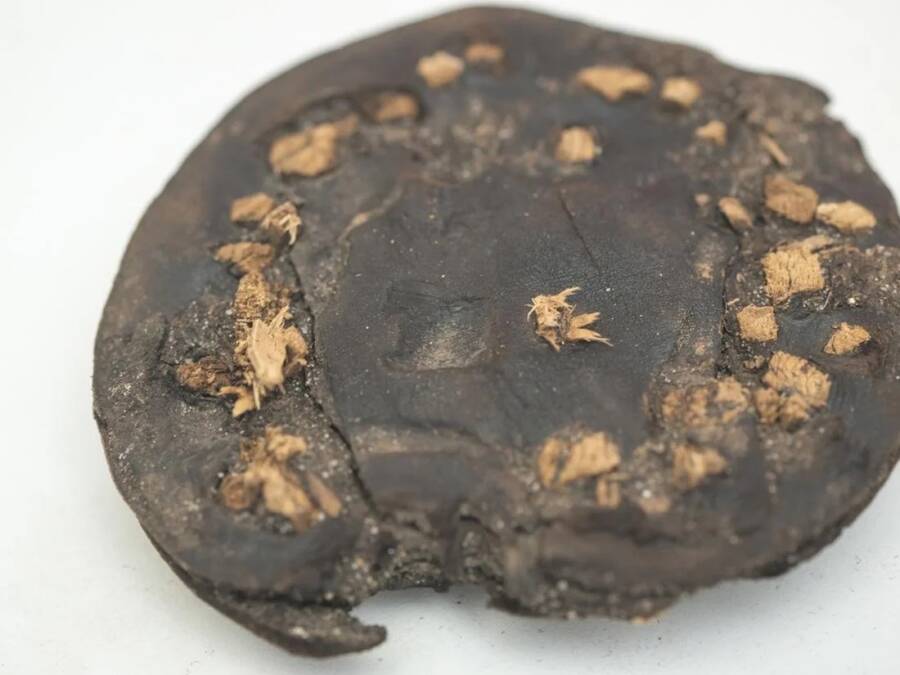Discovered at the site of a future film studio, the collection of 16th- and 17th-century clothing highlights the important role Toruń played as a cultural hub at the time.

PAP/Tytus ŻmijewskiArchaeologists believe the collection may be the largest ever found in Europe.
Archaeologists in Poland recently discovered a rare collection of fabrics and shoes dating back to the 16th and 17th centuries while excavating the site of a future film studio. The collection of centuries-old outfits is quite possibly the largest ever found in Europe.
The discovery was made in Toruń, a city with deep historical roots that once served as the center of trade between the East and West in the 16th and 17th centuries. The newly discovered clothing items represent this period in Toruń’s history, highlighting how important the city once was as an economic hub.
The clothing, which was notably well-preserved, included two distinct styles of shoes with both Eastern and Western influences. Archaeologists also discovered silk fabrics, pleated dress fragments, floral ornaments, spur-holding butterflies, and trimmings from the necklines of some clothing items.
Similar items have previously been found all across Europe, but it is rare for such a variety of articles to be found together — let alone multiples of those items.
Clothing Made For Upper-Class Residents Of Toruń

PAP/Tytus ŻmijewskiWoolen and silk clothing scraps found at the site.
According to Science in Poland, the quality of the various clothing items suggests that these pieces had belonged to members of the elite. Silk fabric like the kind found at the site has only been discovered previously in church crypts, for example, and a piece of gold cloth was one of the most expensive fabrics imported to Poland at the time, likely from either Turkey or Persia.
In any case, the quality of the fabrics indicates they were made by highly skilled craftsmen, though that’s hardly surprising. Toruń was, after all, an economic hub renowned for its masterworks in ceramics, fabrics, leather, and metals, among other crafts. Researchers believe the newly discovered fabrics may have been made on the outskirts of town for those of a high social class.

PAP/Tytus ŻmijewskiThe remains of a shoe with pieces of a heel.
The butterfly spur holders, meanwhile, were likely worn by officers who did not live in the area. Given that these varied objects were all found together, researchers believe the site may once have been a shoemaker’s or clothing repairer’s workshop.
Also among the items found were pieces of shoe heels, reflecting a period of time in which heels were just starting to be worn. Interestingly, heels were originally worn by men to slim down their figures and make them seem taller.

PAP/Tytus ŻmijewskiA shoe sole.
Despite Toruń’s prominence in the Renaissance period, little has been written about the city during that time. The new discovery, then, offers a rare glimpse into life in Toruń in the 16th and 17th centuries. Analysis of the collection is still underway, but it could perhaps mark the beginning of telling Renaissance Toruń’s story.
“Toruń had extensive contacts throughout Europe,” said Mariusz Ciszak, an archaeologist involved with the project. “This city connected the East with the West, it was the center of the economic and political life of the Polish-Lithuanian Commonwealth at that time.”
After reading about the discovery of 16th- and 17th-century clothing in Poland, learn more about Poland and its crooked forest. Or, read the story of Stańczyk, the most famous jester in Polish history.





